If you have been to Japan, you may have noticed that sentences are made up of different characters. Some words seem to be written with complicated Chinese characters. And others seem to be written with much simpler characters.
The modern Japanese writing system consists of kanji, hiragana, and katakana. For Japanese beginners, in addition to using romaji to learn the pronunciation, it is also recommended to recognize the kana, including hiragana and katakana, at the same time. Remembering the writing and pronunciation of kana can certainly help you learn new vocabulary.
In this article, we will introduce the three writing systems. In the last part of this article, I will give you a table with the graphic I made to help you recognize hiragana, katakana, and romaji.
If you also want to learn Japanese and other important phrases that come up in Japanese conversation, check out our comprehensive discussion below:
Read also:
15 Great Ways to Say Thank You in Japanese
How Hard is it to Learn Japanese?
How are You in Japanese
Contents
History & Relationship between Kanji, Hiragana & Katakana
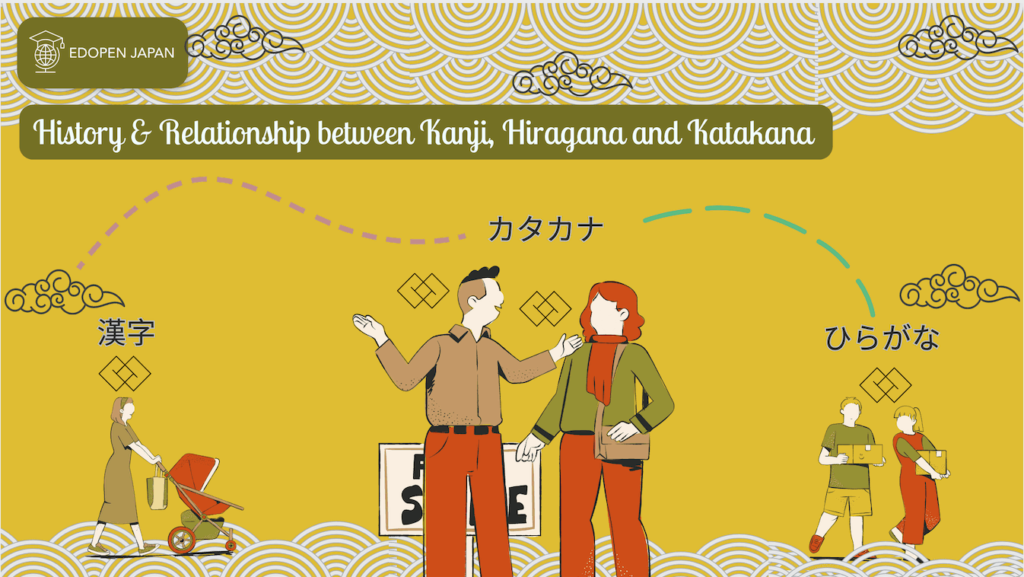
In ancient times, it is said that there was no writing system in Japan. It was not until the 6th or 7th century that Chinese characters were introduced to Japan.
(1) 漢字 (Kanji)
Man’yōgana is the then-developing writing system that “borrowed” words from Chinese characters. Man’yōgana is derived from a collection of poems called Man’yōshū (万葉集, literally “Collection of Ten Thousand Leaves”). Each Chinese character represents a phonetic value.
For example, the Japanese word “山”(やま, ya-ma) which means “mountain”. According to Man’yōgana, this word was written as “也麻”. Although the words were pronounced in Japanese, the writing was all in Chinese characters. As a result, it is difficult for people to read and write.
(2) カタカナ (Katakana)
In order to make the characters easy to read and write, Katakana was developed from Man’yōgana. Please visit the link below to view the Man’yōgana table.
The table below shows the Katakana on the left and the corresponding Man’yōgana character from which the Katakana is derived on the right. Not only can you use this table to get a better understanding of how katakana came to be, but it can also be a great way to memorize some kanji!
It is also said that katakana was mainly used by men at that time. Therefore, Katakana was called 男手”otoko-de” or 男文字”otoko-mo-ji”, which literally means men’s writing.
(3) ひらがな (Hiragana)
As you may have noticed, hiragana is composed of soft lines, while katakana is composed of straight lines. Hiragana is also derived from the Chinese words in man’yōgana. With the process of writing these words in the grass script style of Chinese calligraphy, here we have the hiragana used today!
When Hiragana was first created, it was not widely accepted by the people. Compared to katakana, which is popular among educated men, hiragana was mainly written by women who were not allowed to receive high education.
Therefore, it was called 女手 “onna-de” or 女文字 “onna-mo-ji,” which means “women’s writing. There are some well-known works written by women in hiragana at that time, such as The Tale of Genji and The Tale of the Bamboo Cutter.
Since hiragana is relatively easy to write, it became widely used over time. In modern times, hiragana is the main kana used, while katakana is mainly used to represent foreign loanwords. Please visit the link below to see the table shows the corresponding Chinese words and hiragana.
Basic Knowledge about Kana and Kanji
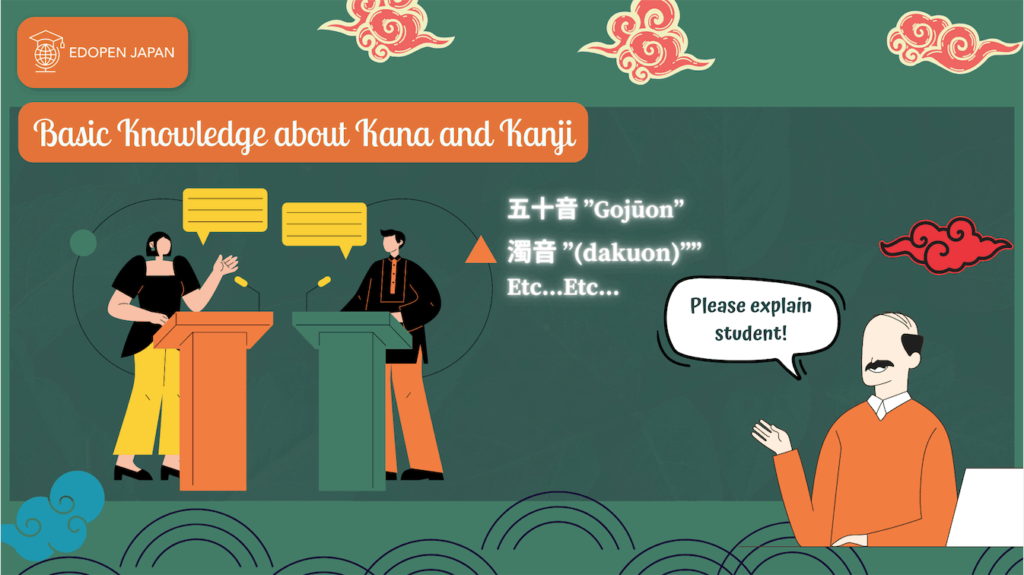
Now that we have the background knowledge of where the characters come from, let me explain the practical knowledge you need to know for each writing system.
五十音 ”Gojūon”
Gojūon, literally “fifty sounds,” consists of basic kana that can be written in both hiragana and katakana. There are 5 vowels (a, i, u, e, o) and 10 consonants (a, k, s, t, n, h, m, y, r, w). Currently, only 46 of them are in use, including a special kana ん “n”.
Although gojūon has all the basic kana, there are other variation signs.
- 濁音 (dakuon) : Also known as voiced sound. There are 20 of them. Dakuon characters have two dots on the upper right of kana.
(For example, Hiragana: が, ざ, だ, ば; Katakana: ガ, ザ, だ, ば) - 半濁音 (handakuon): Also known as semi-voiced sound. There are 5 of them, which have a small circle one the upper right of kana.
(Hiragana: ぱ, ぴ, ぷ, ぺ, ぽ; Katakana: パ, ピ, プ, ペ, ポ) - 拗音 (yōon): ゃ, ゅ, ょ, which are the small form of や, ゆ, よ.
- 促音 (sokuon): っ also known as “small tsu” or “silent tsu”, derived from つ .
Why does Japanese need three writing systems?
Nowadays you can find three writing systems in one sentence at the same time. But why? Is it necessary? Let’s start with what is usually written in hiragana and katakana.
Hiragana
- Original Japanese words
- Gramatical words: (Particles) に, は, が, を, へ… (Conjunctions) しかし, でも, それで…
Katakana
- Foreign loanwords: チョコレート (chocolate), テレビ (television), ヘア (hair)
- Scientific name
- Onomatopoeia: ビリビリ(sound of ripping up something)
- Mimetic words: ツルツル (smooth, polished)
- When want to emphasize anything when writing: コレはなに? (WHAT is this?)
Take this Japanese tongue twister, for example:
買った肩叩き機高かった
The English translation is “The shoulder-tapping machine I bought was expansive”.
If we write this sentence all in hiragana: かったかたたたききたかかった
It is extremely hard to know which part is the verb, noun. Even more, we would have difficulty with pronunciation since we don’t know where to put the stress on.
Rōmaji: Everything to Know
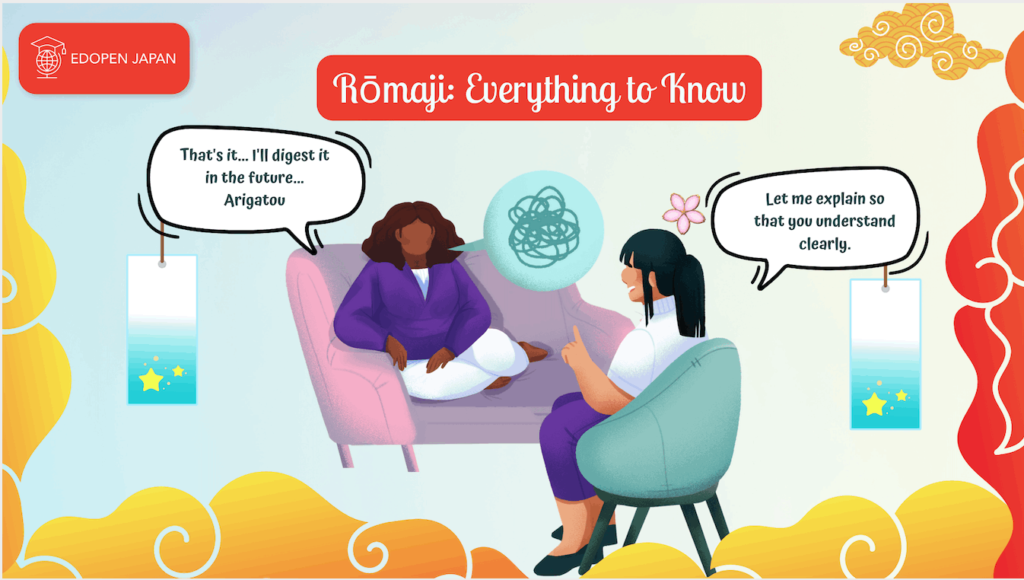
Most Japanese beginners start learning with the help of this romanized form of Japanese. With rōmaji, learners can memorize the pronunciation of kana characters or kanji.
With modern education, most Japanese are able to read and write rōmaji. Unlike those who learn Japanese as a second language, native Japanese speakers do not learn pronunciation using rōmaji.
When do Japanese use rōmaji?
- Street sign: sometimes the name of the place is made up of difficult or rare kanji that even native Japanese are not sure how to pronounce.
- Name: on passport or any data that requires romanized name.
- Typing
Three rōmaji systems
In modern times, there are three rōmaji systems: Hepburn romanization, Kunrei-shiki romanization, and Nihon-shiki romanization. Among them, Hepburn romanization is the most widely used. Since it can be a long explanation, let me introduce it briefly.
If you want to know the difference between the three systems, please check the link below to go to the page for the “Differences among romanizations” section:
The Hepburn romanization comes from English phonology. Since it makes it easier for non-native speakers to learn pronunciation, it is widely used today. There is a Revised Hepburn system, which was developed after the previous system. There are two main features as shown below.
❶ Using a macron to present long vowels
➼ English: sugar ➼ Kanji: 砂糖 ➼ Hiragana: さとう “sa-to-u” ➼ Revised Hepburn: satō
➼ English: speed ➼ Hiragana: スピード “su-pi-do” ➼ Revised Hepburn: supīdo
❷ Using an apostrophe or hyphen between characters
The reason for this change is that sometimes two Japanese words with different pronunciations are written with the same rōmaji. Without a hyphen or apostrophe, students may make pronunciation errors. This is especially true when a ん”n” is followed by a naked vowel or semivowel.
Summary
Thank you for finishing this article. If you are just starting to learn Japanese, I suggest that you first memorize all the pronunciations of the corresponding kana. This will save you time from having to look up the kana chart when learning new words or reading context.
Below is a Japanese kana chart we prepare for you. We left a space for you to write a word that can help you memorize the kana. Please feel free to print it out and practice!


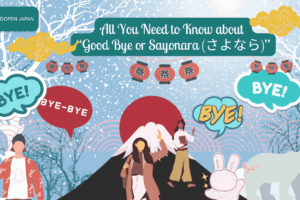

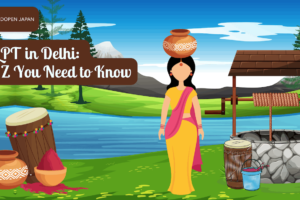


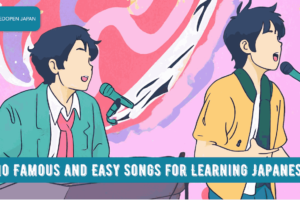
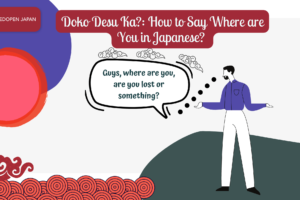
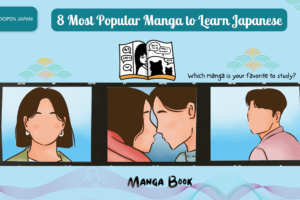
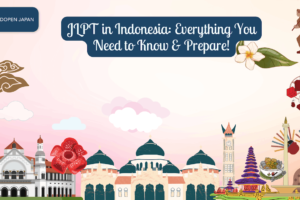
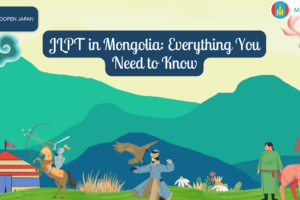
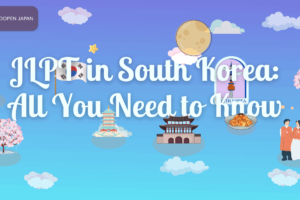

Leave a Reply